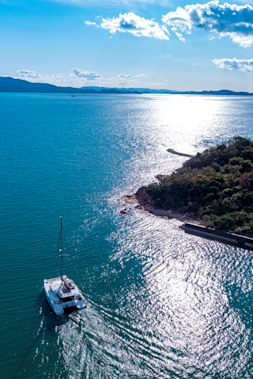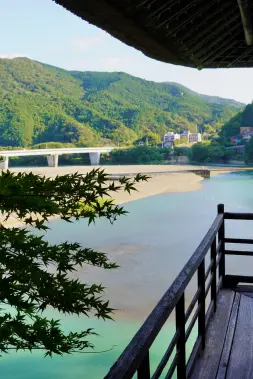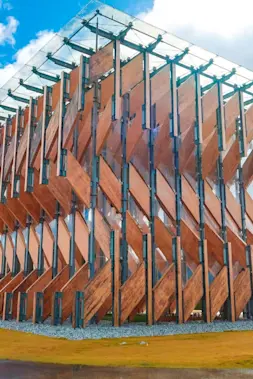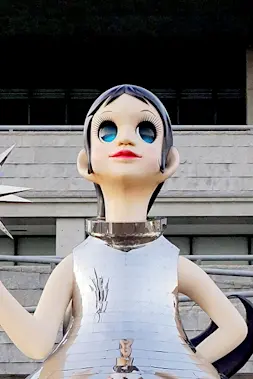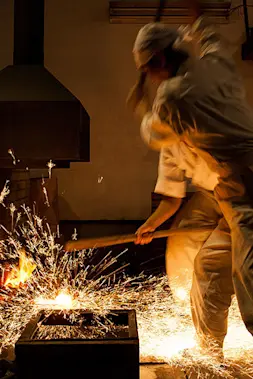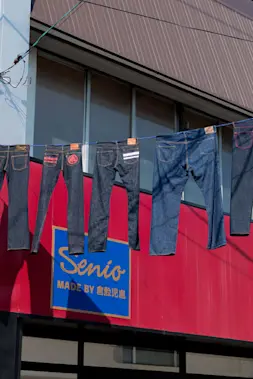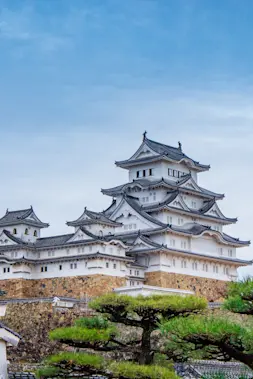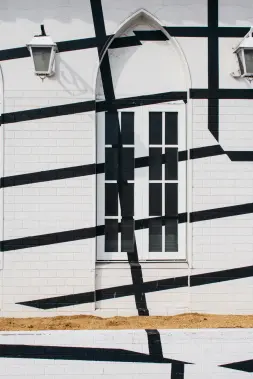Art & Culture
Kosan-ji Temple - A Smorgasbord of Temples in Honor of Mother

-
- DESTINATION NAME
- Hiroshima
-
- RELATED TAGS
-
- LAST UPDATED
- 16 October, 2019
Crossing the Seto Inland Sea by road, my friend proposed we break our trip in Ikuchijima island and visit the Kosan-ji temple complex. After a few minutes scrolling through my phone I was intrigued.
Fifty thousand square meters of temples dedicated to a rich industrialist’s mother, a massive marble sculpture park looking over recreations of some of Japan’s most revered temples and religious figures, and a cave representing the Buddhist stages of descent into Hell — no chance of seeing that combination anywhere else, sure let’s go!
Passing through the gates into the temple compound I started to lose my bearings. The design looked familiar, but the coloring and artwork threw me completely. I could have easily been walking into a temple in China, or maybe even Vietnam. It wasn’t to be the last of my geographical double takes for the day.
I was impressed, there were magnificent buildings and artworks whichever way I looked. But I was also slightly disoriented. The temple site itself is part of the Hongan-ji sect of Jodo Shinshu (School of Pure Land Buddhism), though it didn’t look like any temple complex I’d ever entered before. I hadn’t mentally prepared myself for the onslaught of vivid colors and diversity of buildings, and turned to my brochure for orientation.
Kosan-ji is the brainchild of one Kozo Kanemoto, a steel pipe magnate from Osaka, and the entire park is the result of his passion to ensure his mother would find rebirth into Buddhist paradise after her passing. Changing his name to Kozo Kosan-ji, he turned his back on his life as an industrialist to become a monk and repay his debt of gratitude to his mother by creating a most spectacular family temple. A process he started in 1936, but would not complete for another 30 years.
The temple complex is built around Choseikaku, his mother’s villa, and a superb example of Taisho Roman architecture (a 1920s fusing of the best in western and Japanese design). Visiting this large home provides a rare insight into the tastes and lifestyles of the ultra-rich in pre-war Japan, and thoroughly deserves its status as an official site of Intangible Cultural Heritage.
However, it is in the compiling of many of the famous religious buildings in Japan, spanning more than a 1000 years of Japanese history, that makes Kosan-ji stand out. There is literally nowhere else like it in Japan.
For those that have done some traveling around the country, many of the buildings will seem familiar, although the discerning eye will catch they are of modified scale. Regardless of prior knowledge, the embellished coloring on many of the buildings will be hard to miss, as Kosan-ji sought to embellish the religious history lesson.
From five-story pagodas, to a super-sized statue of Kannon (the androgynous Boddhivista of mercy), iconic religious symbols abound. If you didn’t have a chance to catch the World Cultural Heritage listed Nikko Toshogu’s Yomeimon Gate and Byodoin’s Phoenix Hall in Kyoto at their original locations you get another chance here at Kosan-ji.
Although I tried to analyze and make sense of the temple as a whole, it really defied explanation. Being such a seemingly random collection of high impact structures, I decided the best course of action would be to take the Buddhist path of non-judgement and just let the experience wash over me.
Though my decision to adopt a Buddhist stance wavered somewhat as I entered a 350-meter-long artificial cave recounting the tortures awaiting those that descend into Buddhist hell. A procession of vivid and explicit depictions accompanies you on the 15 meter descent, all pretty scary stuff for their time, I imagine. Fortunately, the descent ended on a lighter note as a serene grotto hosted hundreds of bodhisattvas statues contemplating their situation.
Just as I was starting to be accustomed to the seemingly random assortment of eastern religious symbolism, I climbed the hill overlooking the temples to find myself suddenly transported to the Mediterranean. I had reached Miraishin no Oka, the Hill of Hope.
The hilltop was completely covered in 3,000 tons of white marble, cut and shipped all the way from Italy. It is the masterpiece of Kazuo Kuetani, an internationally renowned sculptor, originally from Hiroshima but now based in Italy. Completed in 2000, it is hard to find a common thread between the stark and dramatic shapes in this hilltop sculpture garden, and the intricate and colorful designs below, but it is impressive in equal measure. There is even an Italian restaurant built from marble to add that extra touch of Mediterranean authenticity.
The Hill of Hope doesn’t serve any strict religious function, rather it is considered one of the sect’s artistic properties. Some of the temple’s other art is housed within buildings on the temple’s main grounds, including works of Buddhist sculpture, painting, modern art, and objects related to the Japanese tea ceremony, providing a nice way to round out the 2 or so hours that it takes to have a good look around the site.
Kosan-ji offers the chance to travel in time and space to see a unique collection of some of Japan’s most important religious structures. You cannot help but marvel at this man’s determination to build something so grand to honor his mother.
And regardless of what you think about the artistic and religious merits of Kozo Kosan-ji’s creation, you cannot help but think of your own filial duties — the creator’s prime objective. I guess you can never go too big when it comes to expressing your appreciation for family.
Photographs by Peter Chordas & Kousan-ji temple Text by Steve Jarvis
RELATED DESTINATION
Hiroshima
Hiroshima is the central city of Chugoku region. Hiroshima Prefecture is dotted with Itsukushima Shrine, which has an elegant torii gate standing in the sea; the Atomic Bomb Dome that communicates the importance of peace; and many other attractions worth a visit. It also has world-famous handicrafts such as Kumano brushes.

































